Kenwood KR-1000 User manual
Other Kenwood Stereo Receiver manuals
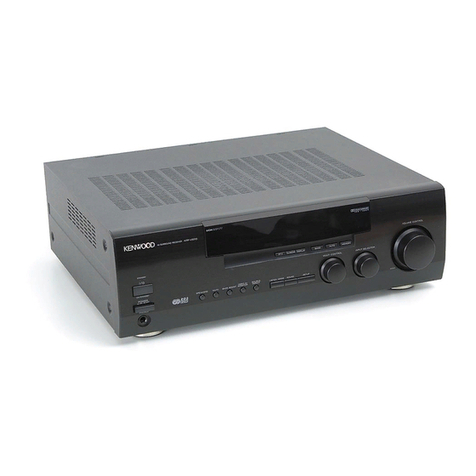
Kenwood
Kenwood KRF-V5010 User manual

Kenwood
Kenwood KR-A3060 User manual
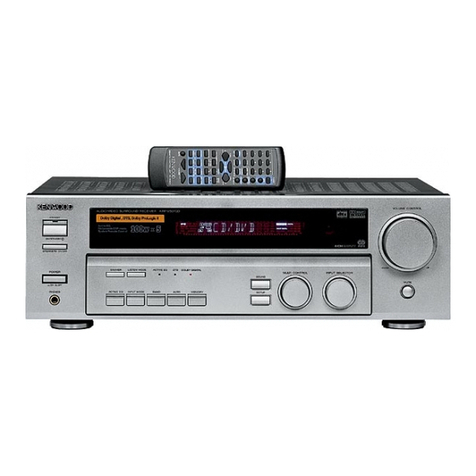
Kenwood
Kenwood KRF-V4070D User manual

Kenwood
Kenwood KR-4140 User manual
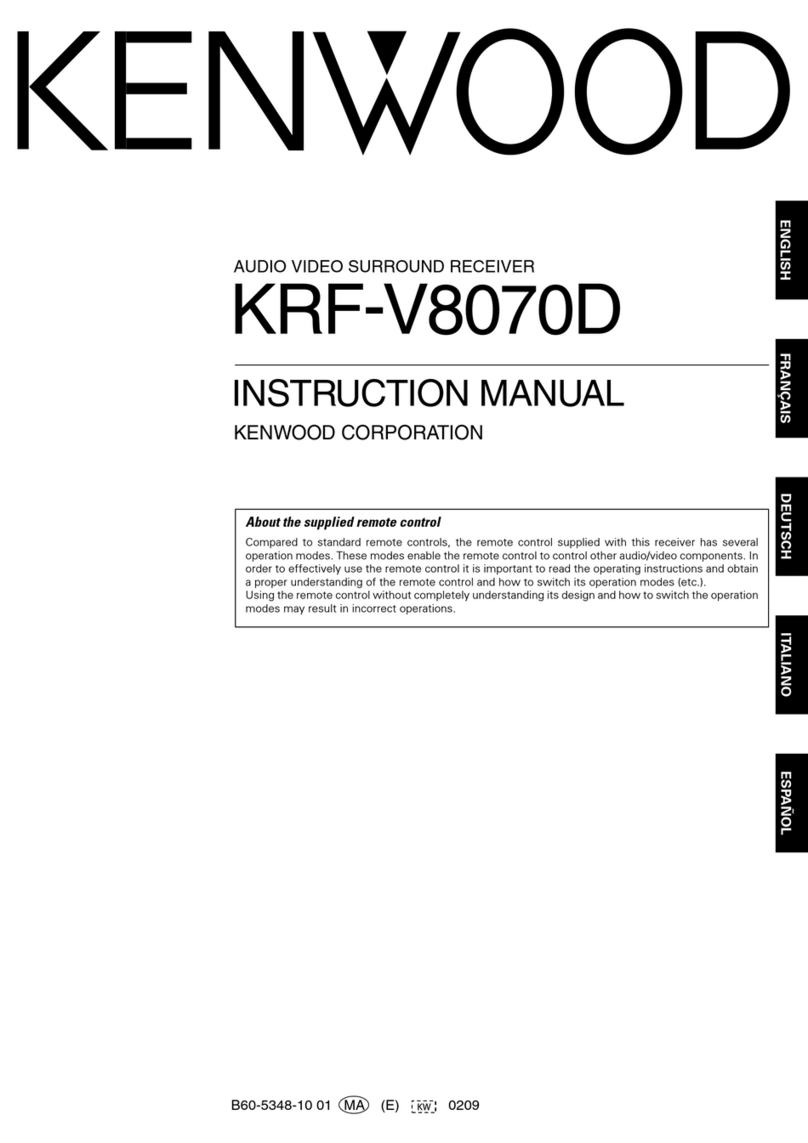
Kenwood
Kenwood KRF-V8070D User manual
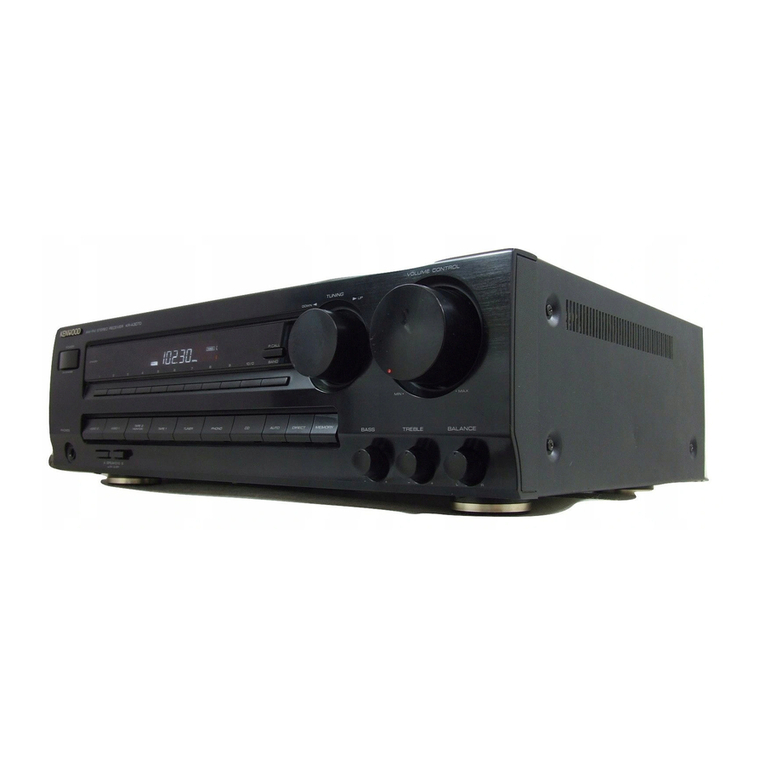
Kenwood
Kenwood KR-A3070 User manual
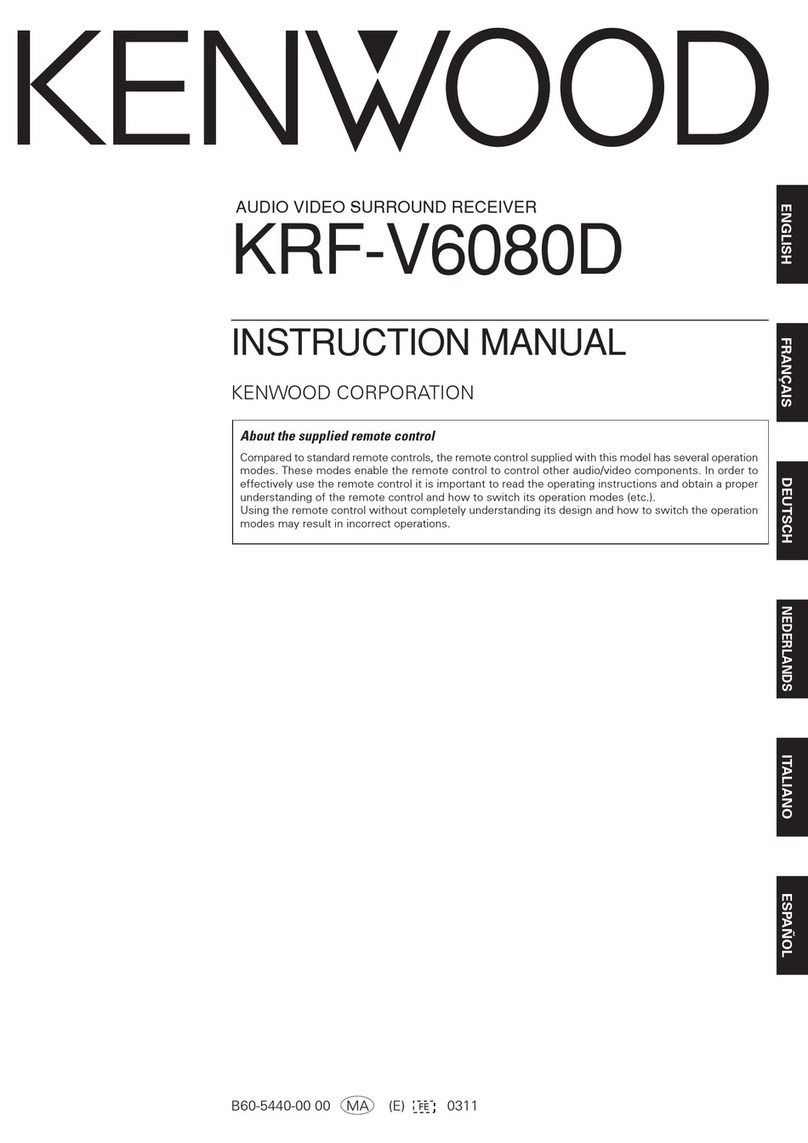
Kenwood
Kenwood KRF-V6080D User manual
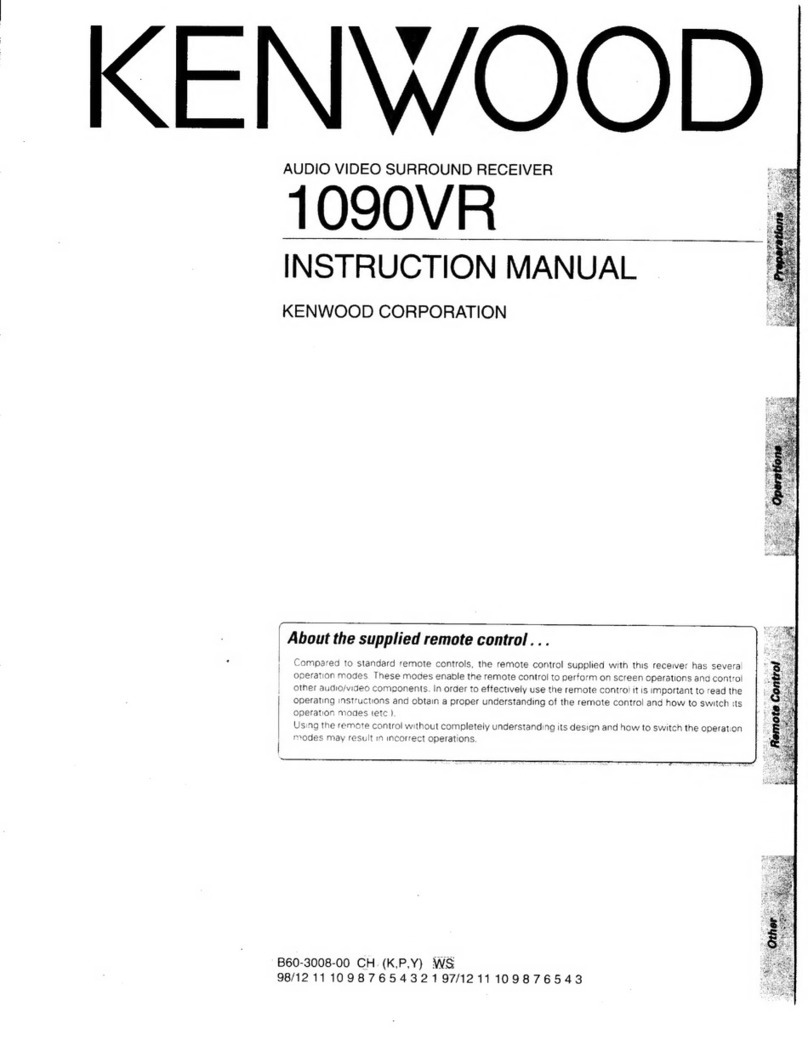
Kenwood
Kenwood 1090VR User manual

Kenwood
Kenwood KR-6400 User manual

Kenwood
Kenwood KR-1000 User manual

Kenwood
Kenwood VR-716 User manual
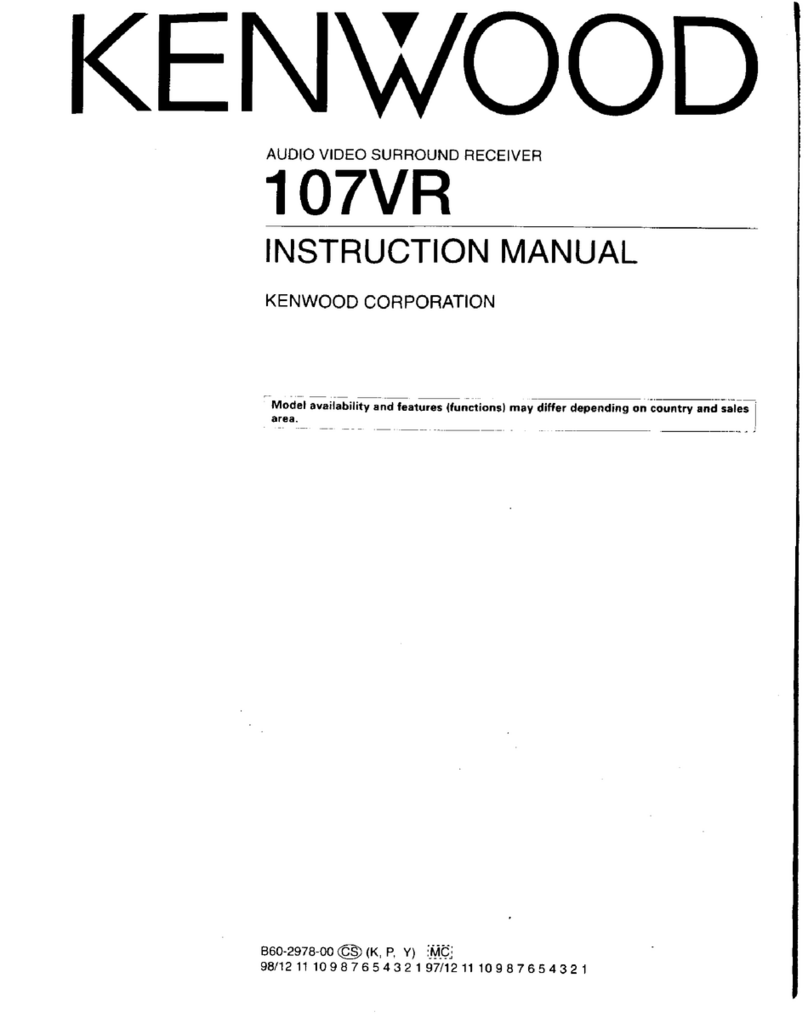
Kenwood
Kenwood 107VR User manual
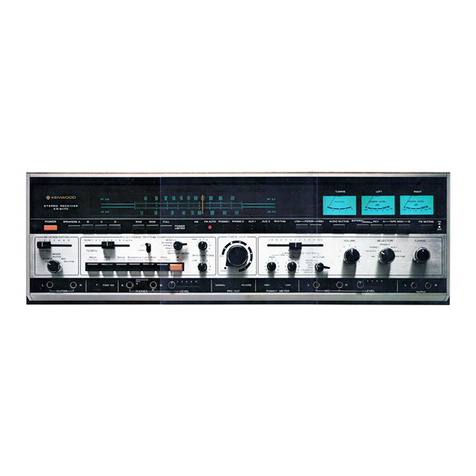
Kenwood
Kenwood KR-6170 User manual

Kenwood
Kenwood VR-6060 User manual
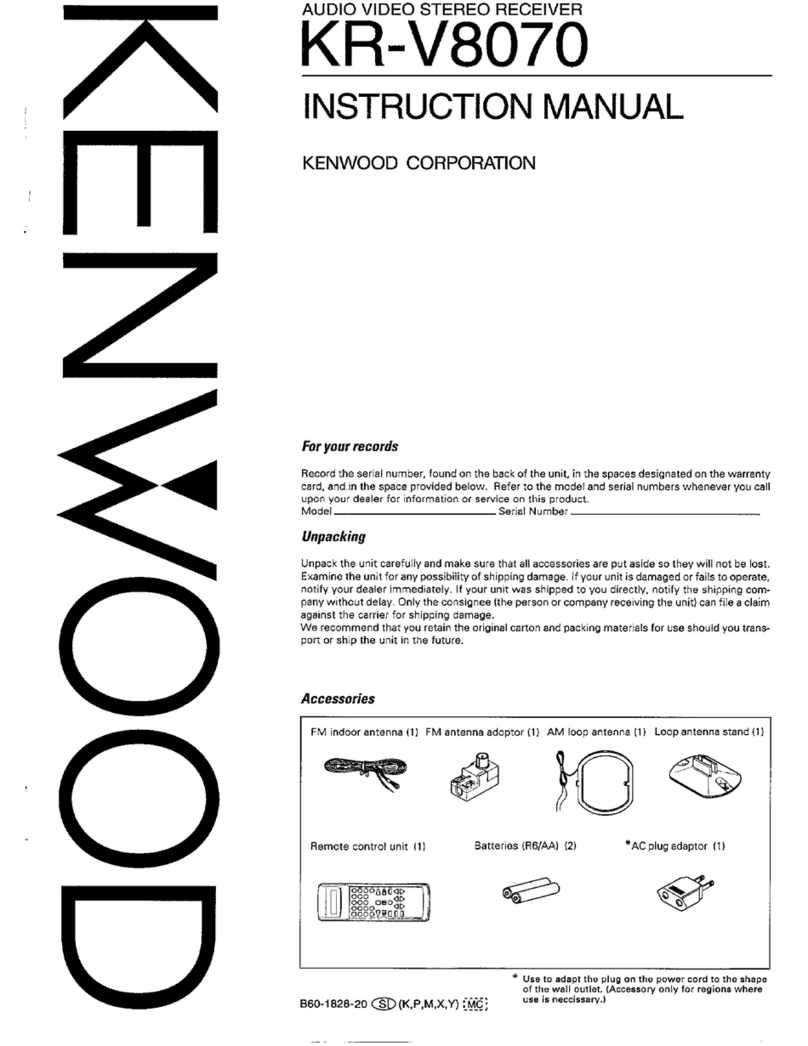
Kenwood
Kenwood KR-V8070 User manual

Kenwood
Kenwood KR-300HT User manual
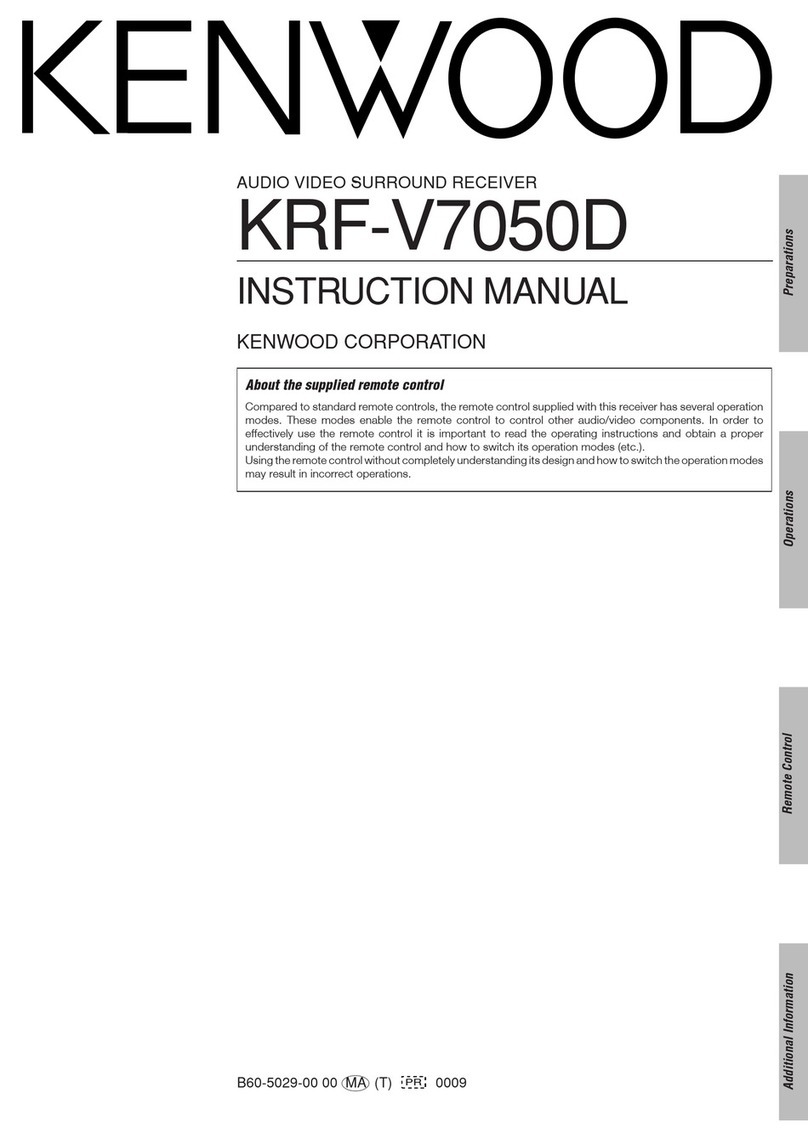
Kenwood
Kenwood KRF-V7050D User manual
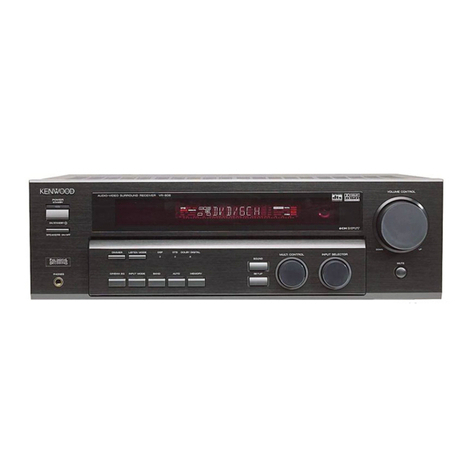
Kenwood
Kenwood VR-606 User manual

Kenwood
Kenwood KRF-X9070D User manual
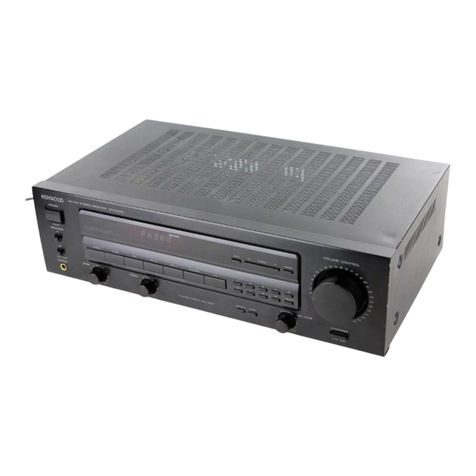
Kenwood
Kenwood KR-A4030 User manual
Popular Stereo Receiver manuals by other brands

Radio Shack
Radio Shack DX-399 owner's manual

Sony
Sony STR-DE535 - Fm Stereo/fm-am Receiver operating instructions

Pioneer
Pioneer SX-1000TA operating instructions

Yamaha
Yamaha MusicCast TSR-5B3D owner's manual

Sony
Sony STR-DG500 - Multi Channel Av Receiver Service manual

Sherwood
Sherwood Newcastle RX-770 operating instructions

























